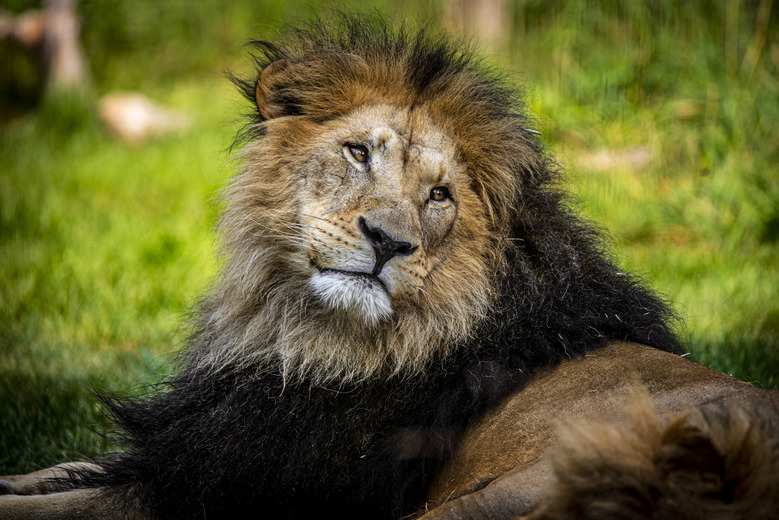
Southern Ostriches
Giants roaming the savannah
These flightless birds are the largest and heaviest in the world, yet they are incredibly fast – ostriches can run at speeds of up to 72 kilometres an hour, maintaining this pace for up to 30 minutes. Their large feet have two toes, and their powerful kicks can be lethal to both lions and humans. Known for their long necks, ostriches use them to be able to see over long distances.
- IUCN Red List Status: Least Concern (at relatively low risk of extinction)
- Type: Bird
- Habitat: Savannah and grassland of South Africa, Namibia, Malawi, Zambia, Zimbabwe, Angola, and Botswana
- Diet: Omnivore – grasses, plants, and insects
- Size: 1.7 to 2.7 metres
- Weight: 90 to 130 kilograms



facts about our animals
Fun Facts about Southern Ostriches
They can make a loud, echoing booming noise when threatened.
Southern ostriches are sexually dimorphic – males have black plumage while females have gray plumage.
Contrary to popular belief, ostriches do not bury their heads in the sand; however, females will bend over to turn over their eggs.
They are known to eat small lizards.
Ostriches will eat pebbles to help break down the plant material in their diet.
When eating, ostriches store food in a crop at the top of their throat until it accumulates enough to slide down the throat.

Donate
How you can help
Your donation makes a world of difference. With support for animal care, conservation programs, and education, you’re making the world wilder.

Plan Your Visit
Get close to wildlife
It’s time to make some memories. Here’s everything you need to know to plan an unforgettable day at the zoo.




